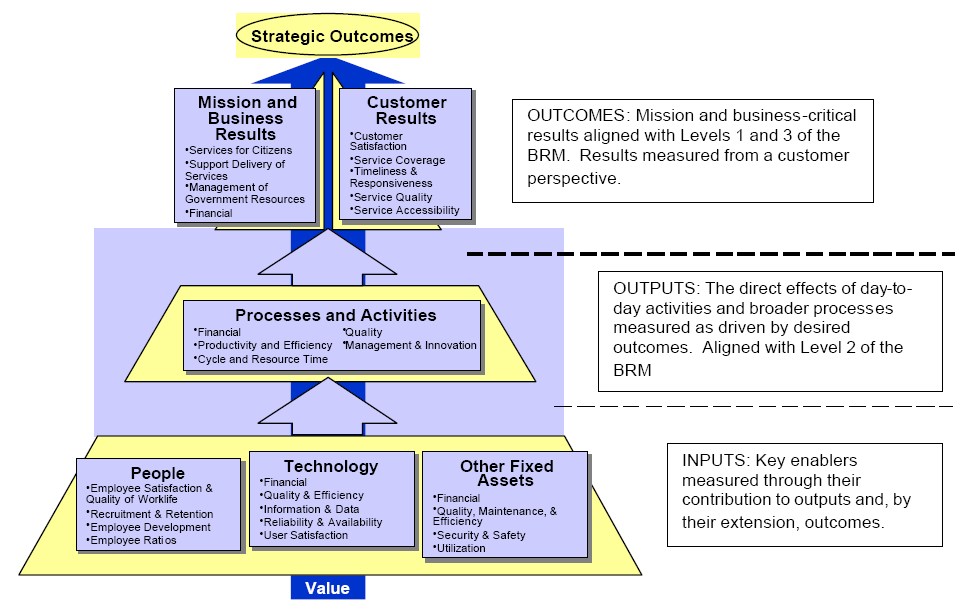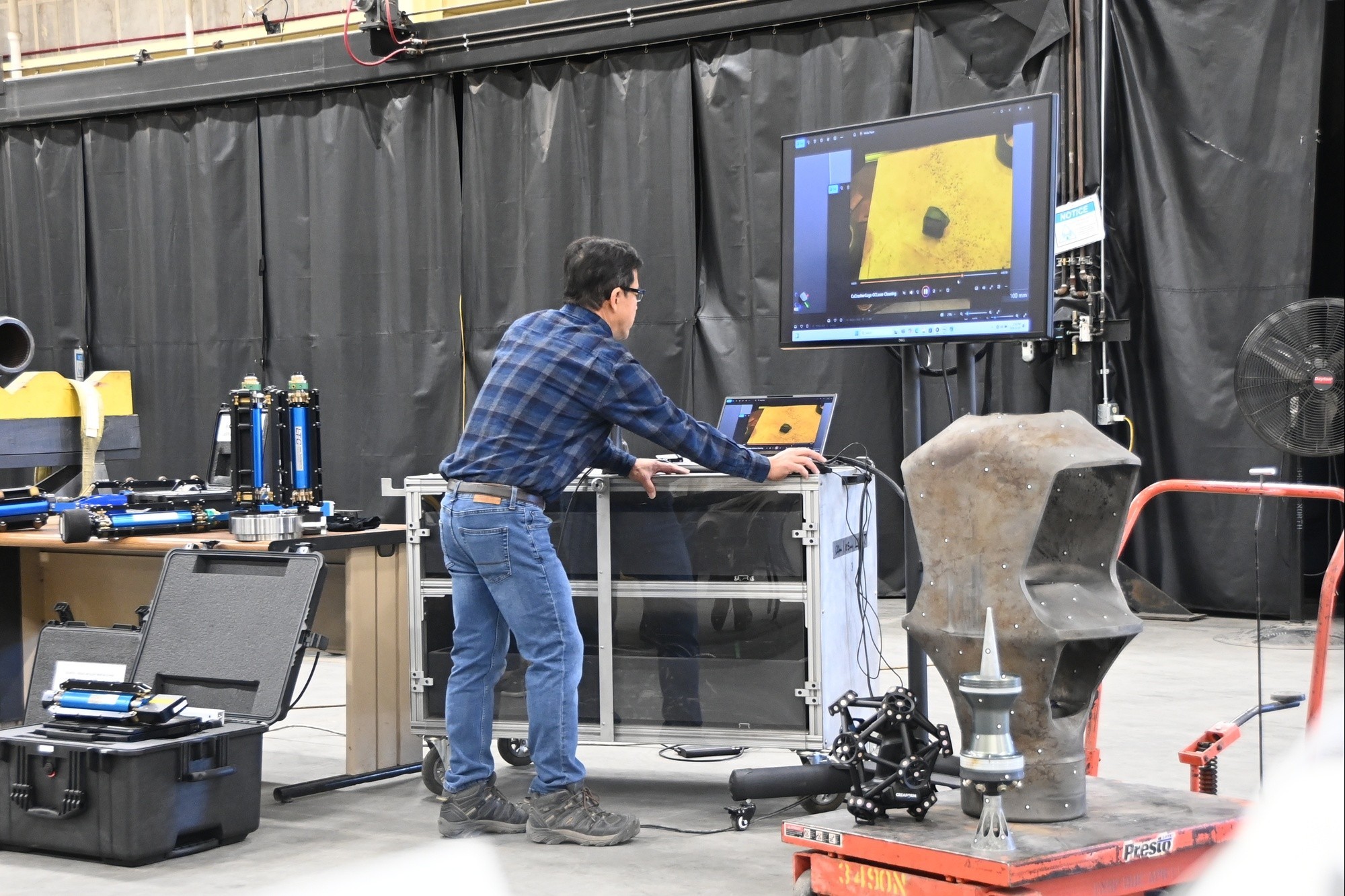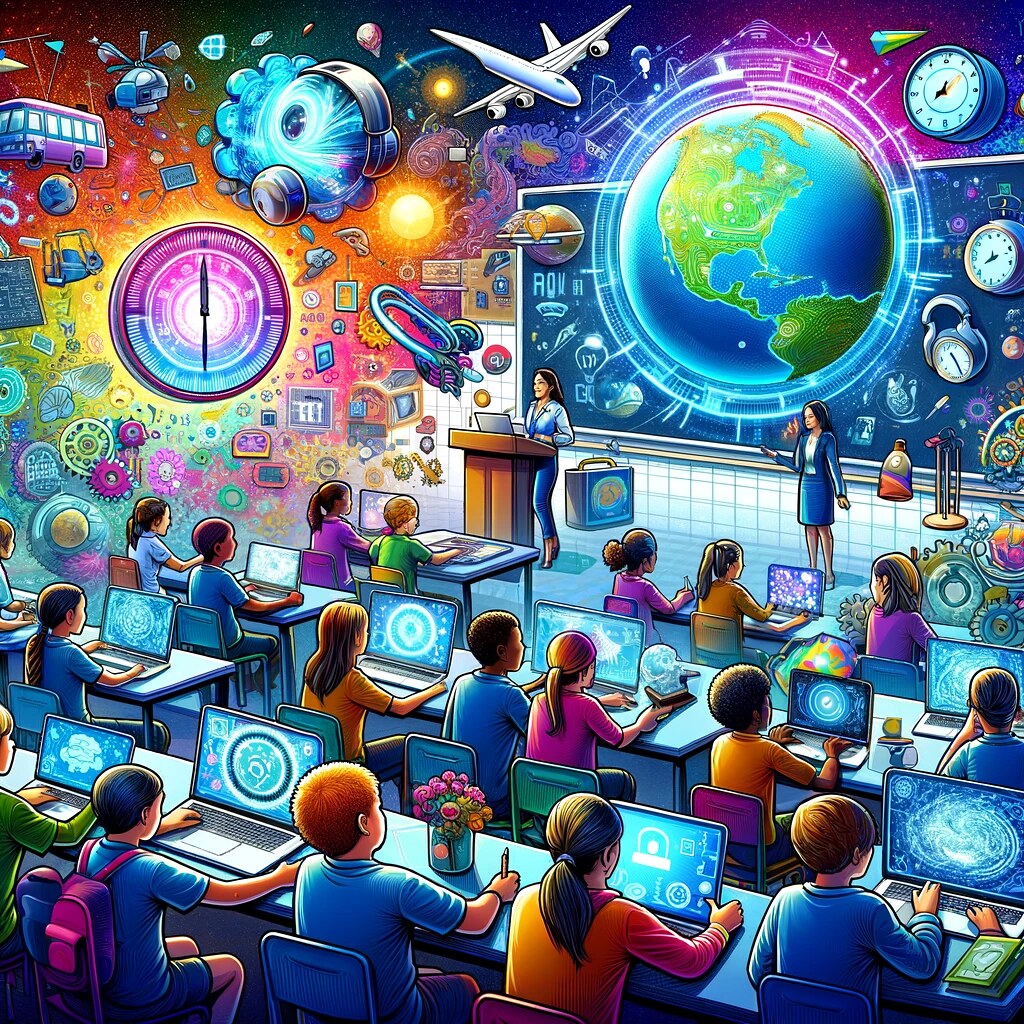Imagine a classroom where every student gets learning tools made just for them, matching their needs and pace. This isn't some far-off idea—it's happening now, thanks to technology! As tech keeps advancing fast, it's changing how students learn and teachers teach. A recent study found that 74% of teachers think technology has improved student learning. In this article, we'll look at how tech is changing education, the key tools making a difference, and the benefits they bring. We'll also discuss the challenges teachers face with these tools and peek into future trends. Whether you're a teacher, a parent, or just curious about where education is headed, this exploration will shed some light!
Summary: Dieser Artikel beschreibt die Entwicklung technologiegestützter Leistungsunterstützung im Bildungsbereich, einschließlich der Schlüsseltechnologien, Vorteile, Herausforderungen und zukünftigen Trends.
The Evolution of Technology-Driven Performance Support in Education
Historical Context of Technology-Driven Performance Support
EdTech, or educational technology, has significantly evolved, transforming the way students learn by integrating digital tools and resources. Traditionally, education relied heavily on textbooks and chalkboards. The introduction of computers marked a pivotal shift, introducing new digital tools into the educational landscape.
One of the early milestones was Computer-Assisted Assessment (CAA), which automated grading and provided instant feedback. This innovation was crucial in identifying student strengths and areas for improvement, laying the groundwork for personalized learning.
The Association for Educational Communications and Technology (AECT) defines educational technology as the study and ethical practice of using technology to facilitate learning and enhance performance. This definition underscores the transition from traditional methods to more innovative approaches, utilizing advanced digital platforms to enhance the learning experience.
Current Impact of Technology-Driven Performance Support
Today, technology plays a vital role in crafting dynamic and personalized learning experiences. It enables tailored education through adaptive tools and platforms. Learning Management Systems (LMS) such as Moodle and Blackboard are indispensable, aiding in classroom management, assessments, and tracking student progress. These platforms serve as central hubs for educational resources, allowing students to access materials anytime, anywhere.
Moreover, technology helps bridge educational gaps by making learning more accessible and inclusive, particularly in special education through adaptive software and communication aids. Tools like interactive whiteboards, educational apps, and multimedia resources accommodate various learning styles, enhancing lesson engagement.
In practice, online collaboration tools facilitate virtual group projects, while LMSs offer data for personalized instruction. Additionally, adaptive learning platforms and simulation technologies boost student engagement, motivation, and academic success. These tools are instrumental in helping students develop skills such as digital literacy and problem-solving, preparing them for a tech-driven workforce.
Integrating technology into education involves setting clear objectives, using data to inform teaching practices, and adopting platforms that provide instant feedback and scaffolded learning experiences.
Key Technologies Transforming Technology-Driven Performance Support
AI and Machine Learning in Performance Support
AI and Machine Learning are pivotal in enhancing tech-driven performance support. By 2025, these technologies are projected to significantly increase automation, productivity, and cost-efficiency across various sectors. They are integrated into products and processes to automate tasks and provide insights, facilitating smarter decisions and smoother workflows.
In education, AI alleviates mundane tasks, allowing individuals to concentrate on more significant work, aligning with the Industry 5.0 concept of human-machine collaboration. Generative AI is rapidly gaining traction, with 61% of tech companies leveraging it to enhance efficiency and foster innovation. Tools like Microsoft Copilot exemplify this trend by integrating AI into daily tasks, thereby enhancing team productivity, particularly in hybrid work environments. Platforms such as IBM's Watson Tutor offer 24/7 assistance, simplifying complex subjects for learners. Additionally, tools like Gradescope utilize machine learning to automate grading, providing detailed insights into student performance and enabling targeted support.
IoT Advancements in Educational Technology
The advent of 5G technology is transformative for IoT in education, delivering faster data speeds and low latency essential for real-time communication and processing. This advancement supports immersive AR and VR experiences, making learning more interactive and engaging. AR and VR are becoming increasingly user-friendly, opening new avenues for experiential learning both in classrooms and online.
In the Industry 5.0 era, human-machine collaboration through AR and VR tools makes learning and training more immersive. Advanced AR glasses and VR headsets allow students to interact with digital content in the real world or immerse themselves in full simulations, revolutionizing traditional learning methodologies. Platforms like Google Classroom and Microsoft Teams leverage IoT to provide seamless, interactive learning experiences, ensuring student engagement and connectivity regardless of their location.
Blockchain Innovations for Academic Verification
Blockchain technology offers a robust solution for securely and transparently verifying academic credentials. It creates immutable digital records of achievements, simplifying verification processes for employers and educational institutions. The decentralized nature of blockchain enhances security and reduces fraud risk compared to conventional systems.
Universities adopting blockchain-based diplomas enable graduates to instantly share verified credentials with employers or schools, eliminating delays. This approach not only prevents fraud but also expedites verification, providing individuals with portable digital wallets to share verified credentials throughout their careers. Platforms like Blockcerts and Learning Machine are at the forefront of utilizing blockchain for academic verification, ensuring credentials are secure, accessible, and verifiable.

In summary, AI, IoT, and blockchain are instrumental in transforming performance support in education. These technologies are reshaping how we learn, teach, and verify achievements, paving the way for a more efficient and secure educational landscape.
AI and machine learning
Generative AI adoption
Industry 5.0 paradigm
IoT and 5G expansion
Blockchain for academic verification
Benefits and Applications of Technology-Driven Performance Support
Personalized Learning with Technology-Driven Support
Tech tools are revolutionizing the way we learn by providing assistance precisely when we need it. These tools enable us to apply knowledge in real-time, making learning more personalized and memorable. Electronic Performance Support Systems (EPSS) are a prime example. They seamlessly integrate into our work routines, offering instant assistance like tutorials and tooltips that adapt to our needs. This enhances our productivity without causing interruptions.

Imagine a customer service representative using a CRM system. With EPSS, they receive quick, relevant tips without leaving their screen, maintaining personal support and ensuring a smooth workflow.
Adaptive technology also allows access to resources tailored to specific tasks, enhancing problem-solving and cognitive skills by aligning materials with the task at hand. This level of personalization ensures that we receive the right support when needed, making the learning journey more engaging and effective.
Boosting Engagement and Communication with Technology
Performance tracking tech tools significantly boost engagement and communication by providing real-time updates and feedback. They cultivate a culture of accountability, motivating individuals by showcasing progress and areas for improvement. Tools such as AI chatbots and personalized communication apps facilitate smoother interactions between customers and employees, strengthening relationships and enhancing satisfaction.
Moreover, cloud-based tools enable efficient team communication regardless of location, ensuring everyone remains aligned. Managers utilize these platforms to monitor goals and provide prompt feedback, maintaining team motivation and alignment. This not only heightens engagement but also ensures open and effective communication, fostering a collaborative work environment.
Improving Administrative Efficiency with Data Analytics
Incorporating technology into administrative tasks reduces downtime and errors by offering immediate assistance, streamlining task completion, and enhancing workflow efficiency. Data analytics in performance tools transform raw data into actionable insights, helping businesses identify trends and areas requiring attention.
Automation and cloud computing contribute to cost reduction and operational scalability. They enable organizations to manage resources and tasks efficiently while expanding. For example, cloud platforms analyze employee data to detect trends and optimize administrative processes, thereby boosting overall efficiency.
Organizations using performance tracking solutions like Vorecol report up to a 20% increase in productivity and satisfaction. They achieve this by leveraging real-time data for personalized feedback and fostering accountability. By harnessing data analytics and automation, organizations can make informed decisions that drive productivity and growth, leading to more efficient operations.
In conclusion, tech-driven performance support not only enhances administrative efficiency but also empowers organizations to utilize data for continuous improvement, optimizing processes, and achieving better outcomes.
Challenges and Considerations in Implementing Technology-Driven Support
Overcoming Integration Challenges in Technology-Driven Learning
Bringing tech-driven support into various learning spaces isn’t easy. One big issue is that people resist change. Employees often stick to old ways rather than trying new tech, which can slow things down at first. This gets trickier when new tech has to work with old systems. Compatibility snags are pretty common, so you need to plan and have tech help ready. Rolling things out in stages and keeping an eye on how it’s going can help smooth the bumps and tweak things as needed.
Plus, if employees don’t know the tech, it’s hard to use it well. Training and support are key. Take a mid-sized retail company, for example. They saw a 30% drop in productivity after rolling out an AI inventory system because folks didn’t have the skills and were hesitant about the change. This shows how important it is to manage change and train people right for tech to work well.
Addressing Ethical and Privacy Issues in Tech-Driven Support
Using tech for performance support also brings up ethical and privacy issues. People worry about job security when automation comes in, fearing they might be replaced. It’s important to show that AI is there to help, not replace. Privacy is critical, too, especially when new systems handle sensitive info. Strong protections against data breaches are a must. Being clear about how data is used can build trust, but it’s crucial to respect privacy to avoid misuse. For instance, a company that invested in a new customer management system found staff weren’t skilled enough to use it properly, highlighting the need to train employees well and keep their privacy safe.
Enhancing Human-AI Collaboration in Performance Support
For tech to work well, people and AI systems need to work together. Good training and support help employees feel comfortable with new tools, lowering resistance and boosting use. Tech goals should match business goals so AI helps rather than hinders. For instance, service companies using AI scheduling saw better first-time fix rates by matching tech with worker routines and offering solid onboarding.
Creating a learning environment where AI tools add to, rather than replace, traditional ways is crucial. This means changing how we see tech—as a partner, not a threat. By building a collaborative culture, companies can fully benefit from tech-driven support.
In short, making tech-driven support work depends on smart planning, ethical care, and good human-AI teamwork. By tackling integration issues, ensuring ethical and privacy measures, and promoting collaboration, companies can enjoy tech’s benefits while avoiding pitfalls.
- Learn more about overcoming challenges when implementing new technology.
- Discover considerations for a successful tech implementation.
- Explore the role of technology in enhancing performance evaluation systems.
Future Outlook: Trends and Predictions
Key Trends in Technology-Driven Performance Support
Looking ahead to 2025, AI and automation are becoming key players in performance support across many fields. AI assistants and virtual agents are now must-haves in customer service and daily operations, providing instant help and boosting efficiency.
A significant development is agentic AI, which autonomously makes decisions, aligns with business goals, offers proactive advice, and handles tasks without human intervention. This tech shift is transforming organizational operations.
The rollout of 5G networks marks another major advancement. With faster data speeds and rapid communication, 5G is crucial for the effective functioning of AI, IoT, and AR/VR technologies. Augmented Reality (AR) and Virtual Reality (VR) are enhancing immersive and interactive experiences, improving training, remote assistance, and user engagement.
Hyperautomation is also gaining momentum. By integrating AI, machine learning, and robotic process automation, it manages complex tasks, allowing human workers to concentrate on more strategic and significant work. For example, a healthcare provider might employ AI virtual assistants for patient support and utilize AR glasses to assist doctors during complex procedures.
Strategic Technology Implications for Education
For educators and institutions, investing in AI-driven tools is essential. These tools personalize learning, automate administrative tasks, and provide timely support, enhancing both learning outcomes and institutional operations. AI copilots and virtual assistants in education enable teachers to focus on meaningful interactions, while AI addresses routine queries and offers personalized tutoring.

Advancements in AR and VR create learning environments that simulate real-life scenarios, enhancing experiential learning and improving retention. The expansion of 5G networks supports remote and hybrid learning by ensuring smooth and high-quality streaming and interactive experiences.
Schools must balance technology use with human-centric approaches to maintain student engagement and ensure ethical AI usage, fostering trust and inclusivity in learning. A university employing AI tutoring systems alongside VR labs for hands-on training, supported by 5G connectivity, exemplifies how technology can enhance teaching and learning.
AI and automation in customer service
5G networks and performance support technologies
Hyperautomation and AI in performance support
AI and telehealth in healthcare
AI-driven performance support tools
The future of performance management
FAQ Section
How Does AI Enhance Personalized Learning in Education?
AI can significantly enhance personalized learning by seamlessly integrating into educational environments. It provides real-time, context-sensitive support such as personalized tutorials or guidance while students engage with their work. This tailored assistance keeps students engaged and facilitates more efficient learning.

AI systems analyze student performance and adjust lessons to match individual pace and needs. This results in customized learning paths that optimize student outcomes. Furthermore, AI ensures that students receive necessary support at every stage of their education journey.
These systems can also automate feedback, alerting teachers to areas where students may be struggling. This allows educators to intervene promptly, keeping students on track and motivated. Imagine an AI tool embedded in a learning platform that offers instant assistance and adapts materials based on student performance. Such support enhances the personalization and effectiveness of learning.
Challenges of Integrating IoT in Education: Data Security and More
Integrating IoT devices in schools presents several challenges, particularly concerning data security and privacy. With an increase in connected devices, safeguarding student information becomes crucial. Schools must implement robust cybersecurity measures to protect data from breaches.
Additionally, achieving compatibility and interoperability among various IoT devices can be complex. Schools need to select devices carefully to avoid technical issues. Ensuring that teachers and students are proficient in using these IoT tools is another challenge. This involves addressing tech hiccups or network problems and investing in training to maximize the benefits of these technologies.
For example, utilizing IoT sensors to monitor classrooms may lead to issues with secure connections and device integration with existing systems. Training staff to effectively use the data is also essential.
Blockchain in Education: Enhancing Credential Verification
Blockchain technology revolutionizes the verification of academic credentials with its secure, immutable ledger system. It stores and shares academic records in a tamper-proof manner, reducing the fraud risks associated with traditional methods. This decentralized system allows employers and educational institutions to verify credentials instantly without intermediaries, expediting background checks and admissions.
With blockchain, students gain greater transparency and control over their records, enabling them to share verified credentials directly when needed. For instance, universities can issue diplomas on a blockchain, allowing graduates to share digital certificates with employers. Employers can then verify these credentials instantly without contacting the university. This streamlines the process for students, granting them more control over their achievements, and provides schools with a reliable verification method, encouraging broader adoption of blockchain technology.
Real-time, context-sensitive support | Machine learning algorithms | Automate feedback | Data security and privacy | Compatibility and interoperability | Training and support | Blockchain technology